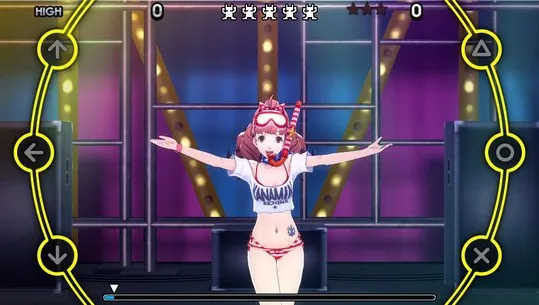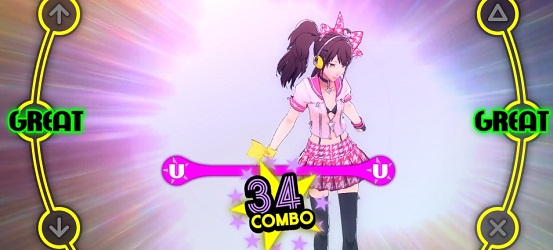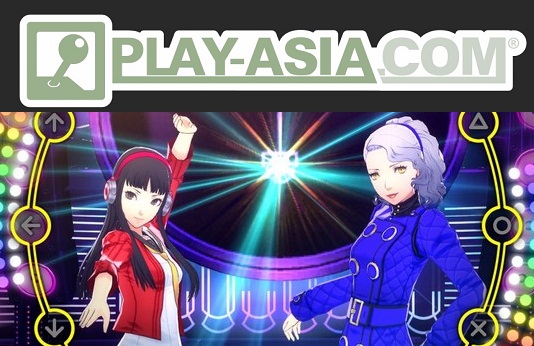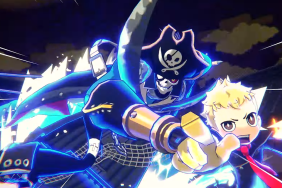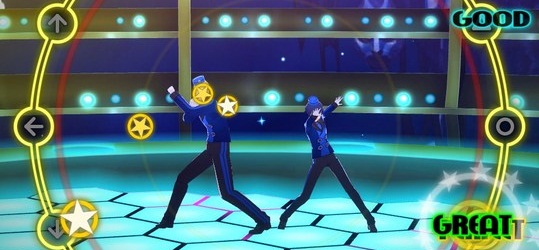
Persona 4: Dancing All Night surprised me greatly. I expected it to deliver Persona 4 fan service by the truckload, but what I got was one of the most fun, unique, enjoyable music games to come along in quite some time. And also Persona 4 fan service by the truckload.
The most important part, the rhythm game around which everything else is built, is done quite well. It seems intimidating at first, but quickly became more addictive than any music game I can remember. Train rides and breaks at work became something to enjoy rather than just kill time.
The unmoving positions of the hit icons and stunning choreography (in both dance and button gameplay) can make this game really feel like dancing. Despite Hatsune Miku also rocking impressive dances and having flashy videos going on in her games, I never felt that in Project Diva. The same goes for Uta Kumi 575, a game in which the girls are working on dance routines, but going touchscreen-only must have diminished that? I don’t know the science of it, but whatever it is, Dancing All Night nails it.

P4D reaches particular high points with Yosuke going hip-hop on Backside of the TV and Chie’s Bruce Lee-style dance to Best Friends.
Difficulty levels are accurately named. Easy mode is a great introduction that will challenge all comers at first. Music game veterans can simply use it to dip their toes in before quickly moving up, but for those just playing this game because of the Persona 4 connection, there’s nothing lost by spending a longer time in Easy Mode. Higher levels do have occasional cosmetic rewards, but they’re not huge.
Meanwhile, if you do rock those rhythm games, Hard Mode will probably take some work before you start clearing songs. Buy all the difficulty modifying items from the in-game store (by which I mean in-game money, not real money; and I hate that I have to clarify that) to unlock the brutal All Night mode. Both Hard and All Night punish misses heavily; you miss more than one or two, and you’re probably looking at a ticket to Fail Country. Fighting your way back up off the ropes in those modes is an uphill battle. And you have to dance up that hill. Backwards. Both ways.
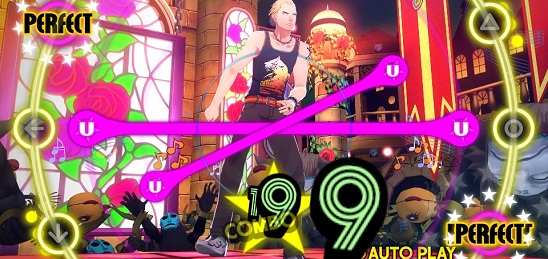
All Night difficulty adds diagonal unison notes (pictured above), which get crazy. It’s definitely not the mode to play if you want to enjoy the dancing, but hey, that’s what replays are for.
Clearing songs (or to a lesser extent, failing) yields money, which can be spent on costumes, accessories, and difficulty modifiers. The latter can challenge the pros by making notes appear suddenly, bring notes in a random order instead of pre-set, dramatically increase speed, or even erasing notes from the screen (holy shit). Conversely, it can help inexperienced players by reducing penalties for missed notes, allowing any button press to trigger a note, and so on.
Idle Idols
Rise Kujikawa is making her return to the stage at a music festival, and the rest of the Persona 4 cast have come along to provide moral support and backup dancing. But there’s a mystery afoot: at midnight, a mysterious video appears on the festival’s website which supposedly shows dead idols dancing. All people who watch the video are said to get sucked into another world. Soon thereafter, members of a famous idol group are pulled into the world of the Midnight Stage, and the crew follows after them.
All of the missing idols are cracking under the pressures of their job, which requires constructing and presenting a perfect public image to fans (kind of like a…Persona!?). Side note for those unfamiliar with the idol business in Japan, it can totally be some torturous bullshit. The protagonists have done this song and dance before–the self-awareness dance, not the actual dancing–and so it’s up to them to lift the idols spirits, solve the mystery, and rescue the people trapped in the Midnight Stage. By dancing.
The story is never so good that you forget how contrived it is, but it gets some points for actually trying to be consistent with Persona 4‘s main theme. Most importantly, it gives the characters you know and love ample opportunity to interact and play off of each other. That’s what we’re here for, right? Nearly all songs are unlockable in Free Dance Mode, but beating the story mode will net you the ability to play a stage over the end credit movie, and unlocks some items in the store, including a worthwhile bonus stage.
Play, List!
By game’s end, there are 27 total tracks, though that comes with an asterisk — 19 of them are unique, while the others are remixes. While it’s nice to have three versions of Pursuing My True Self, remixes and re-remixes don’t do much to make the playlist feel super long. And then you start to wonder, damn, why do we have two and three versions of some songs, but only one version of Backside of the TV? It becomes hard to focus on what’s there instead of what’s not there, which is sad, because what’s there is cool. There’s just not a whole lot of it. This might lead to things getting a little boring in short order, unless you shell out for DLC.
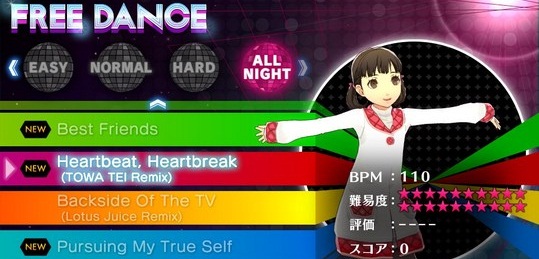
It’s also a little strange that Yu goes main in five songs, compared to two for each other character (three Nanako, one Margaret). As a silent protagonist who was supposed to be a blank avatar for the player, he’s fairly lifeless. His boring dancing style reflects his utter lack of personality, because, well, he never had one. I’d have loved to see a song or two of his get handed off to seriously any other character. Minor gripes.
Dancing All Night is also looking good all night. The models are shaded to kinda look like the anime portraits, which is neat. They’ve got an aesthetic in mind and they go for it. The menus are slick, the costume variety is excellent, the animated scenes in story mode are good. It’s certainly a fine looking game. This game supports Vita TV, but as I don’t have one, I can’t speak to its quality on a TV screen.
Persona 4: Dancing All Night is a feverishly fun rhythm game on its own, but then delivers great fan service with its Persona 4 music remixes, dancing characters, anime montages in the backgrounds of some songs, and funny story mode.
(Post-review notes for importers. Read the PSLS guide to importing here.)
Learn Japanese if you want to understand the story dialogue. Otherwise, you can kinda get the gist, I would expect. Menus, as you can see from the screenshots, are mostly in English, even in the Japanese version. Pfft.
-
Serious challenge
-
Proper fan service
-
Funny story (intentionally or not) that stays consistent with P4's main themes
-
Great remixes of your favorite Persona 4 songs
-
Customization level
-
The feel of dancing
-
Not the biggest variety of tracks
-
Some characters neglected
-
Tough to gauge timing of overlapping notes
Persona 4 Dancing Review
-
Persona 4: Dancing All Night
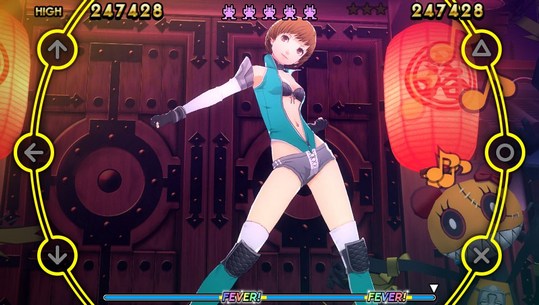
-
Persona 4: Dancing All Night
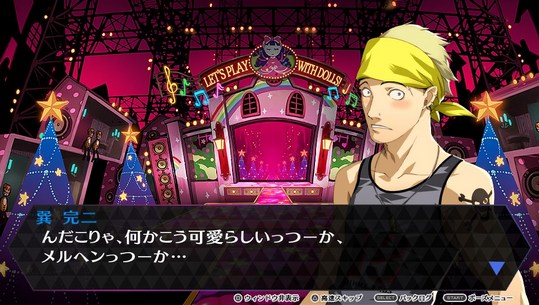
-
Persona 4: Dancing All Night
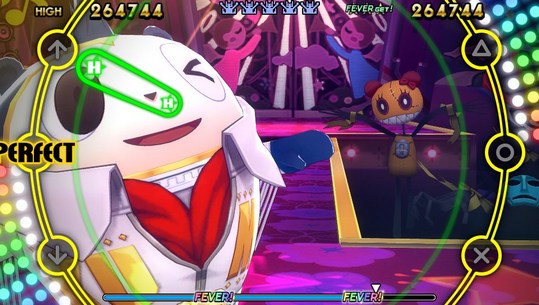
-
Persona 4: Dancing All Night
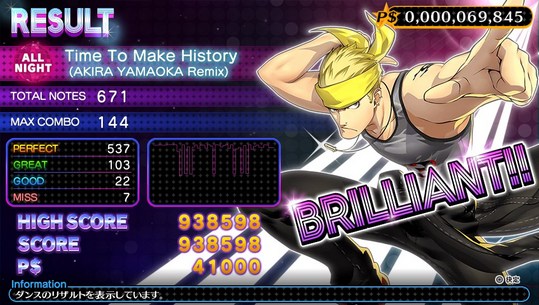
-
Persona 4: Dancing All Night
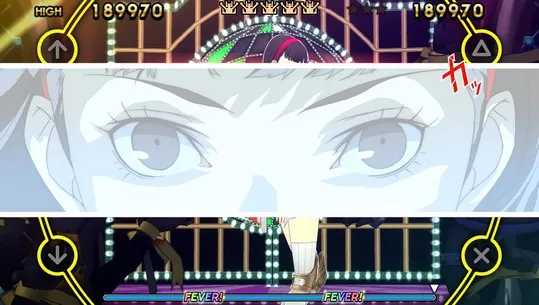
-
Persona 4: Dancing All Night
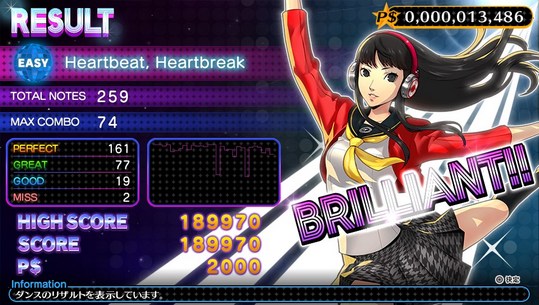
-
Persona 4: Dancing All Night
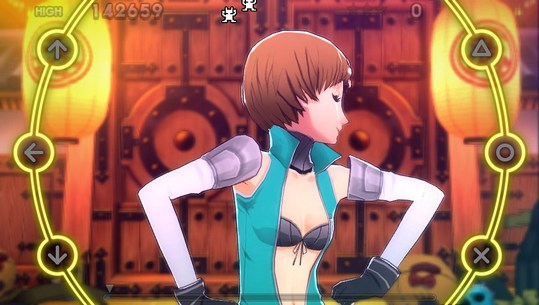
-
Persona 4: Dancing All Night
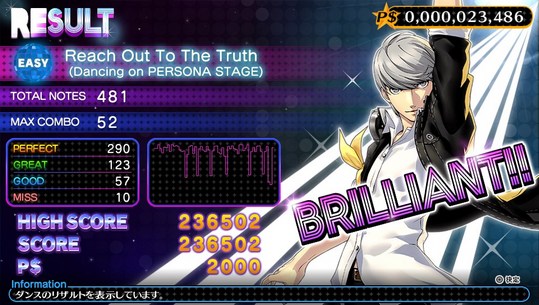
-
Persona 4: Dancing All Night
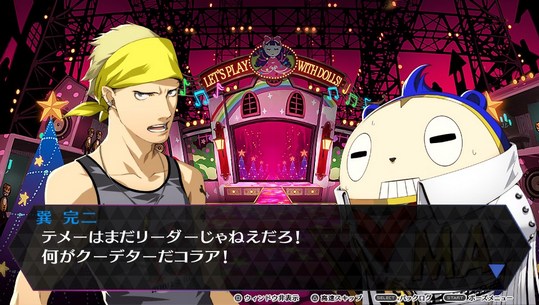
-
Persona 4: Dancing All Night
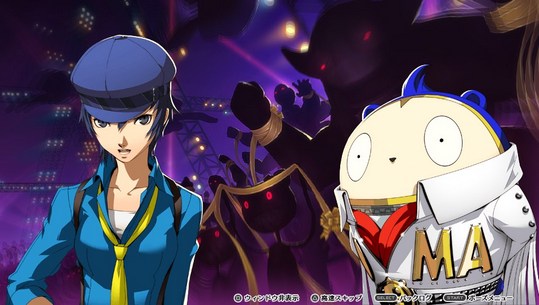
-
Persona 4: Dancing All Night
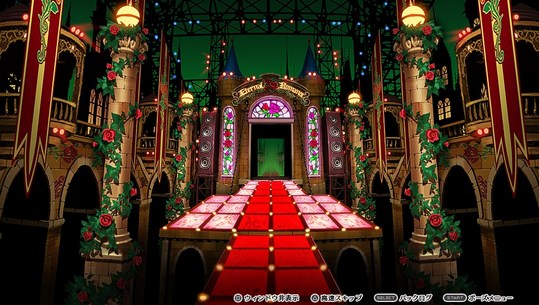
-
Persona 4: Dancing All Night

-
Persona 4: Dancing All Night
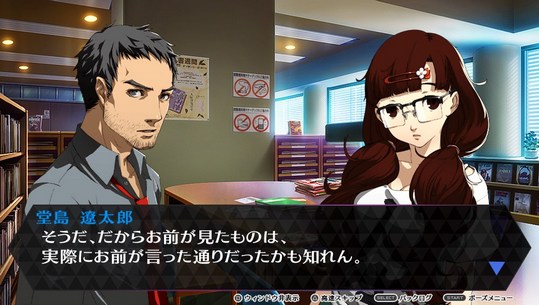
-
Persona 4: Dancing All Night
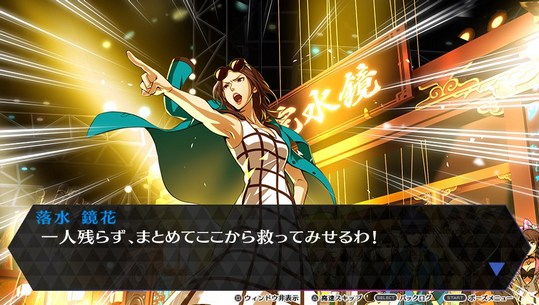
-
Persona 4: Dancing All Night
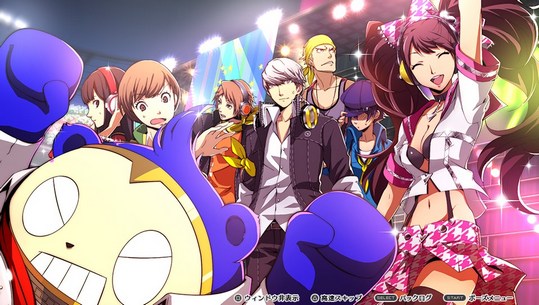
-
Persona 4: Dancing All Night
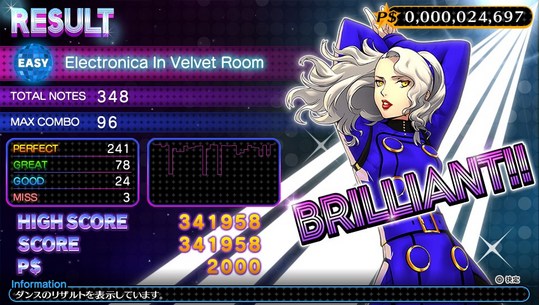
-
Persona 4: Dancing All Night
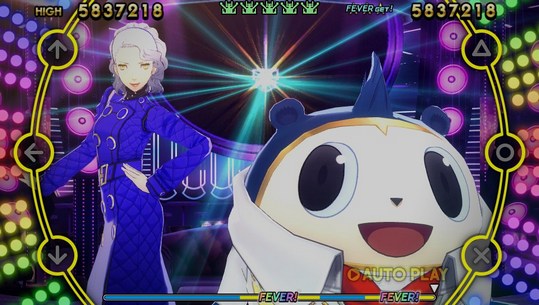
-
Persona 4: Dancing All Night

-
Persona 4: Dancing All Night
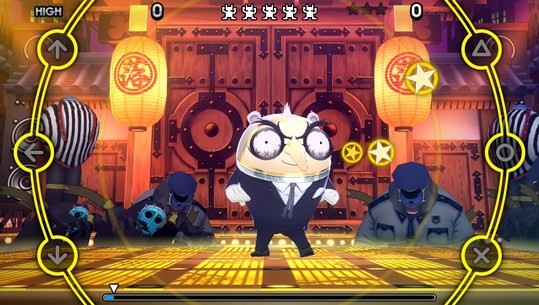
-
Persona 4: Dancing All Night
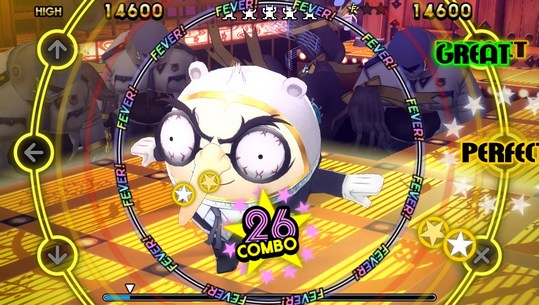
-
Persona 4: Dancing All Night
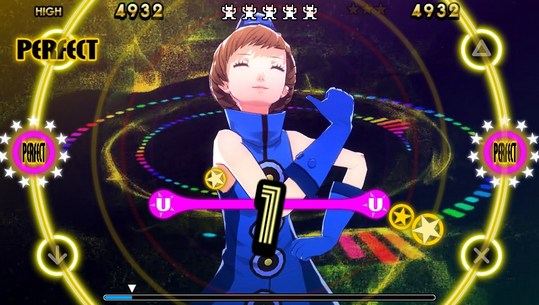
-
Persona 4: Dancing All Night
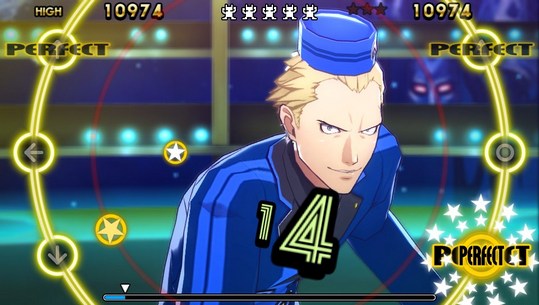
-
Persona 4: Dancing All Night
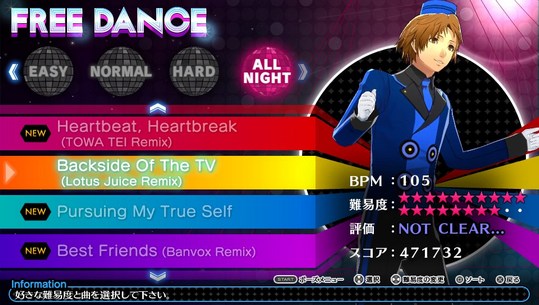
-
Persona 4: Dancing All Night

-
Persona 4: Dancing All Night
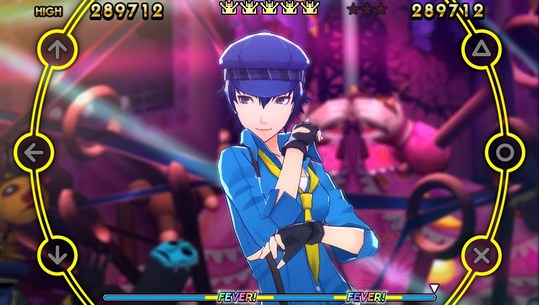
-
Persona 4: Dancing All Night
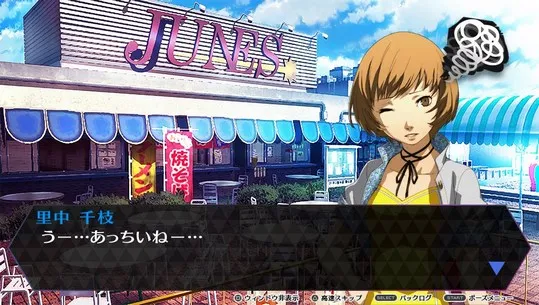
-
Persona 4: Dancing All Night

-
Persona 4: Dancing All Night
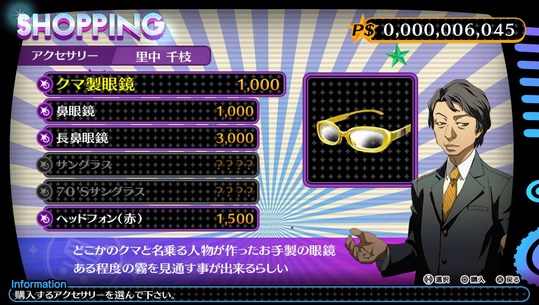
-
Persona 4: Dancing All Night
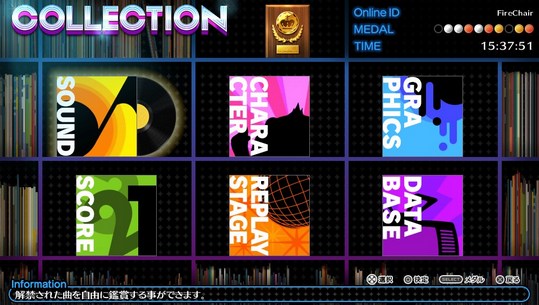
-
Persona 4: Dancing All Night
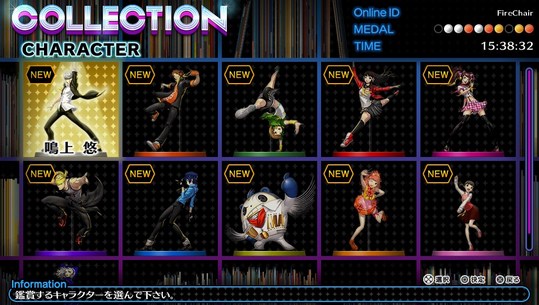
-
Persona 4: Dancing All Night
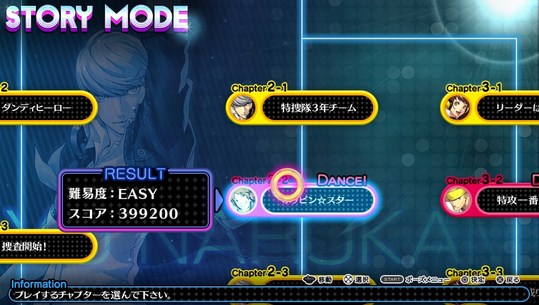
-
Persona 4: Dancing All Night
